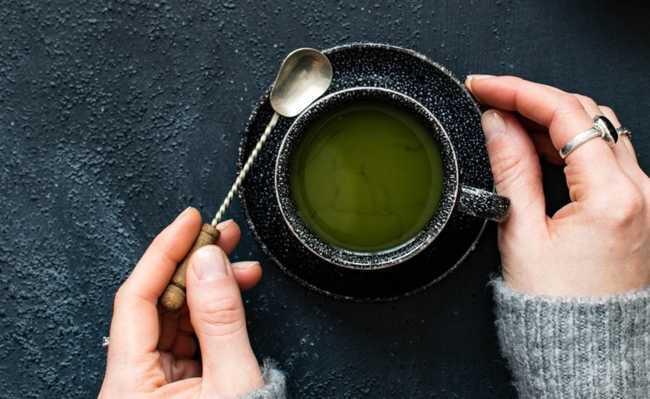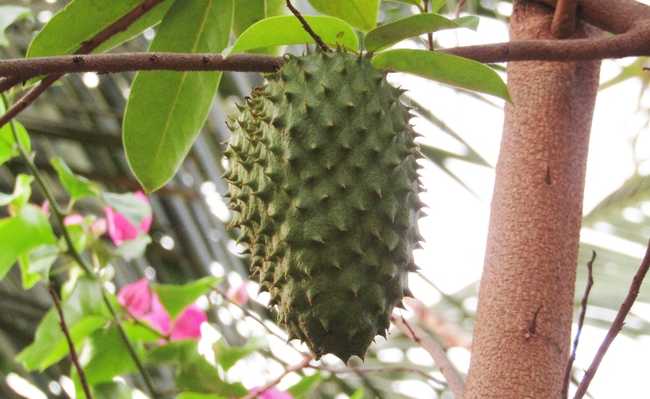Rainwater harvesting: learn about the advantages and necessary precautions for using the cistern
Rainwater harvesting system brings up to 50% savings on the water bill

Water scarcity will affect two-thirds of the world's population by 2050, according to a UN report. This means that work and dedication will be needed to ensure clean water and food security for all. Some measures that can alleviate the issue of individual water consumption are: being a vegetarian once a week, learning to save water in the daily life of the condominium or when washing dishes. An alternative that has gained popularity is to use a system of cisterns to make use of rainwater and also reuse water.
What is a cistern?
Also known as algibe, the cistern is a reservoir that captures rainwater and stores it for general domestic use, that is, it is a low-cost rainwater harvesting system (see the differences between rainwater and water of reuse) that serves to store water for restricted uses in the domestic environment. The use of cisterns is considered one of the best and most effective alternatives when it comes to saving water and they are available in various models, shapes and sizes, and can be installed in houses, apartments and condominiums.
The cistern works as follows: rainwater is taken through the gutters to a filter, which will mechanically remove impurities such as leaves or pieces of branches. A water brake prevents water from entering the cistern, shaking its contents and suspending solid particles deposited at the bottom.
As it comes from rain, the water obtained is not considered drinkable (because it can contain particles of dust and soot, even sulfate, ammonium and nitrate), therefore, it is not suitable for human consumption. Still, it can be used in household tasks that consume the most water, such as washing the sidewalk, the car and even the toilet (but be very careful when installing your cistern in the plumbing of your house so that rainwater does not reach near a faucet with water intended for drinking).
Larger cisterns are generally buried to avoid the incidence of sunlight and, consequently, the proliferation of algae and other microorganisms. However, there are models of cisterns that do not need to be buried, reducing the installation cost, as they do not require works or breaking.
We emphasize that it is necessary to install filters in your tank. Otherwise, the risks of contamination can be very great.
Benefits

Image: Casa Aqua Project, with the mini Waterbox 97 liter cistern. Disclosure.
- It is an ecologically responsible attitude, as it allows the use of rainwater instead of using the precious drinking water resource, reducing its water footprint;
- It can be installed in any environment: rural or urban, house or apartment;
- It represents a 50% savings on the water bill;
- It has different capacities according to your needs - there are models of mini-cisterns and cisterns in various sizes, from 80 liters, one thousand liters and up to 16 thousand liters;
- It helps to contain floods by storing some of the water that would otherwise go to rivers and lakes and reduces the volume of rainwater in the sewer;
- It helps in times of water crisis and is used even in areas of the northeastern hinterland as a way to fight droughts;
- A culture of ecological sustainability can be created in buildings, which can guarantee a cistern in every house built in the future.
Disadvantages
- Discipline is required: gutters must be clean (to prevent contamination through rat faeces or dead animals) and kept in good condition;
- The inside of the cistern must also be cleaned periodically;
- The installation, if connected to the house's plumbing network, will need a professional to rearrange the plumbing (remembering that rainwater cannot be used for consumption because it is not potable), however, in many cases, the investment is returned in the first year, if not the first few months;
- Some plastic cisterns can deform or crack over time. Look for one with an anti-UV 8 filter or build one out of masonry;
- If it is buried (or underground), its installation cost will be higher.
Some other precautions to take when taking care of your water catchment system

Edited and resized image by Liv Bruce is available on Unsplash
According to SIAS, do not collect the first rainwater, as it may contain dirt from the roof and, therefore, a device must be installed to divert the first water. It must be well fenced, away from the sun's rays or from animal detriment, thus preventing the proliferation of algae.
In São Paulo, citizens started the Cisterna Já Movement, as an emergency alternative to moments of water crisis. The movement seeks to promote training for those who want to capture and use rainwater. If you have any questions about the use of cisterns, the movement has a FAQ page.
Where to find
If you want to install a cistern, there are a few possible options, and the choice will vary depending on your needs. You can opt for masonry models that require a civil work (but have large capacity), pre-fabricated models (but which also need work because they need to be buried), external and smaller models (which do not require breaking) or even make your own residential cistern.
If you are looking for cheaper options and that don't require major works, the resistant polyethylene cisterns are good options. They are simple to install as they are compact and do not need to be buried, which lowers installation costs. the brands Caselogic and Tecnotri offer advantageous options.
Modular vertical cisterns

But if the design of the previous models didn't appeal to you, the Tecnotri it also has the line of modular vertical cisterns. They are not made of 100% recycled material, but allow the user to expand rainwater storage.
The cisterns can be coupled according to your needs. Furthermore, they are available in five colors (dark blue, green, dark grey, orange and beige) and in two sizes (a larger one with a capacity of 1000 liters and a smaller one with a capacity of 600 liters).If interested, you can buy the product at eCycle store, available in capacities of 600 liters or 1000 liters in two versions:
- 600 liters with filter, found here.
- 600 liters without filter, found here.
- 1000 liters with filter, found here.
- 1000 liters without filter, found here.
Learn more about the cistern in the video.
Mini Waterbox Waterbox 97 liters

But, if your problem is space, you can opt for the Mini Tank Slim Waterbox. They are great for small spaces. Each cistern is 1.77 m high, 0.55 m wide, 0.12 m deep and holds up to 97 liters of water!
You can use your Waterbox cistern indoors, to store drinking water (like an ordinary water tank) or to store reuse water (from your washing machine, for example). In outdoor environments, it is a great tool to capture rainwater.

Its design and colors (red, sand, orange and emerald) enhance the environment and can be chosen to harmonize with your home. Furthermore, they are modular and allow you to connect more than one waterbox to expand storage according to your needs and space availability. (Learn more about slim modular vertical tanks and their functionality).
If interested, you can purchase the product from the eCycle Store.Mini tank 240 liters


If the options above don't please you or don't fit your budget, you have the option of Caseological Mini Tank. It is a simpler option, made of resistant green polyethylene. The mini-cisterns are directly coupled to the gutters to collect water. They have a capacity of 240 liters and can also be attached to expand storage.
Discover other models to use rainwater in the article "Minicisterna: reuse of water within your reach".









